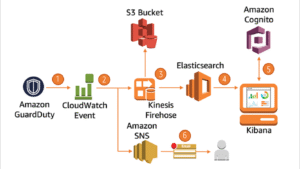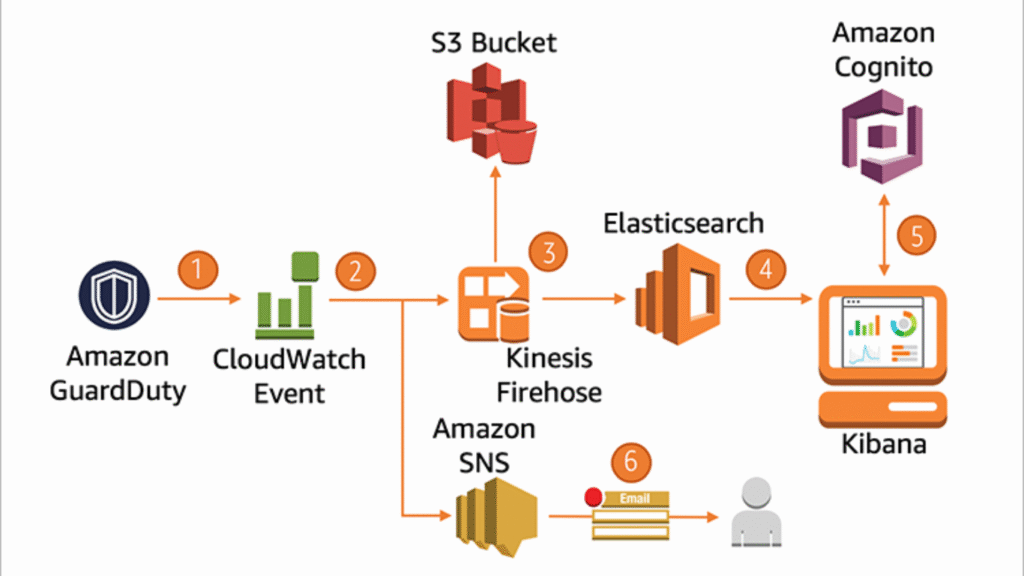Scrum events are contained within the sprint. It includes every task a Scrum team will complete to produce an increment, which is formed when the product satisfies the quality standards established by the team’s definition of done. Scrum’s beating heart is the sprint.
Sprint planning, which outlines the tasks to be completed for the sprint, is the first activity in a sprint. The result of sprint planning is the sprint goal, which is a brief summary of the team’s objectives for the sprint, and the sprint backlog, which is the product backlog items that were chosen for the sprint.
Why create a sprint backlog?
The sprint backlog is referred to in the Scrum Guide as a plan created by and for developers. It is an extremely clear, live representation of the work that the developers hope to complete in order to meet the sprint goal.
The developers own the sprint backlog exclusively, but the Scrum team works together to complete the tasks on it. Developers and the Product Owner, for instance, would work together to decide whether changes to the work in the sprint backlog are necessary to better accomplish the sprint target. The developers still own the sprint backlog. Check out the Scrum certification course to learn more.
The sprint goal, which gives the developers their “why,” is a commitment found in the sprint backlog. increases concentration and openness, and the team can measure progress. The sprint goal helps to answer questions like:
- Why is running this sprint worthwhile?
- Which presumptions or theories are we hoping to test?
- What goal are we attempting to accomplish?
- How does it help us achieve our product objective?
How the sprint backlog is created
Developers and the Product Owner work together to create the sprint backlog, which outlines the increment’s delivery strategy, during sprint planning. A delivery strategy that can be put into action is the sprint backlog.
The work is broken down by the developers into smaller components, which are typically defined as tasks and user stories. Tasks are brief assignments that may be finished quickly—usually in one or two days.
Tasks are more exact than user stories in terms of breadth, detail, and precision. Avoid keeping your task descriptions ambiguous by using words like ‘coding’ or ‘implementation’, thinking that you can just refer to the parent user story for the details. Instead, create meaningful descriptions of the tasks to make the scope of work very clear.
You can now monitor how the sprint backlog develops throughout the sprint planning process. But you won’t draft the ideal plan during sprint planning. The sprint backlog is a flexible plan created by and for the development team. A highly visible, real-time image of the work that the developers intend to complete in order to meet the sprint goal is presented.
As they learn more, they will therefore edit the sprint backlog during the sprint, adding, deleting, and rearranging items as necessary.
Sprint backlog misconceptions and anti-patterns
Since it’s a commitment, developers are unable to alter the sprint backlog while it’s underway.
The fallacy is that developers have committed to delivering all of the work items in the sprint backlog, hence they must be implemented during the sprint. The sprint is a failure if it isn’t. The sprint backlog cannot be altered, and no work may be added to or deleted from it because doing so could lead to “goal creep” and a lack of focus.
That’s not the case!
The sprint backlog should not be static
During sprint planning, the Scrum team establishes the sprint goal. The sprint goal outlines the objectives of the Scrum team for the sprint (e.g., to test a hypothesis, idea, or conduct a test) and how it plans to get closer to the product goal.
Recall that the purpose of Scrum is to “assist individuals, groups, and organisations in creating value through flexible solutions for challenging problems. The Scrum team (and especially the developers who construct the sprint backlog) can’t foresee the future and make the ideal plan. They can’t lock down a specific plan during sprint planning because a complex job is quite unpredictable. Once work starts, the developers should adjust the required work based on what they discover.
Assume, for example, that during the sprint, they had an already existing feature and modified a few already-existing ones. They anticipated that testing, regression testing, and code reworking would be necessary for all of this, but they were unable to predict the level of effort and work involved. Therefore, work items must be added to the sprint backlog by the developers. Nevertheless, they are still dedicated to achieving the sprint goal.
The sprint backlog changes based on ‘inspect and adapt’
Empiricism, or the belief that knowledge is derived from experience and judgments made based on observations made by the team, is supported by the sprint backlog (The Scrum Guide 2020). Developers get the above view and modify their work in relation to the sprint goal and the sprint backlog during the Daily Scrum.
Work Item Age is a measure that developers can use in a Daily Scrum to help manage the sprint backlog and encourage empiricism. Work Item Age examines the amount of time that has passed between the start date of a work item and the present. One leading indicator of unfinished work items is the Work Item Age. It’s a fantastic indicator that makes it clear which tasks are moving forward as planned and which are bogged down. Developers can focus on the tasks that are most likely to fall short of the teams’ service level expectations by combining Work Item Age with Cycle Time. This will allow them to make the appropriate adjustments.
Because the Product Owner manages the sprint backlog, they have the authority to add and remove work items as they see fit.
Developers who simply shrug and carry on working when a Product Owner adds or removes work items from the sprint backlog demonstrate a lack of commitment to the sprint goal and a lack of ownership over the sprint backlog, which is rightly theirs. They no longer support a sprint, a product goal, or value generation; they are merely a feature factory.
Developers own the sprint backlog and must maintain accountability
According to the Scrum Guide, developers are always responsible for:
- establishing the sprint backlog, or the strategy for the sprint
- establishing quality by adherence to a completed to
- daily revisions to their plan in order to reach the sprint target
- Keeping one another responsible in the workplace
The Product Owner owns the product backlog
The Product Owner bears responsibility for the efficient management of the product backlog, encompassing:
- Creating and clearly stating the product’s objective
- Developing and conveying product backlog items in a transparent manner
- placing orders for backlog products
- Making sure the product backlog is observable, comprehensible, and clear
Conclusion
To learn more about Sprint Backlog, check out the online Scrum Master certification course.






















